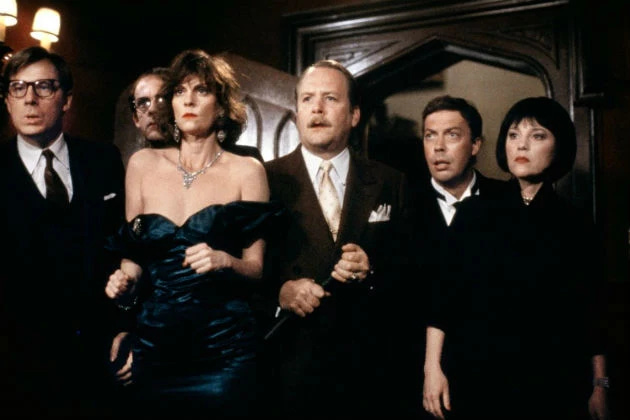
Martin Mull, born on August 18, 1943, in Chicago, Illinois, is a distinguished actor, comedian, and visual artist renowned for his versatility across various creative disciplines. Mull's early childhood in North Ridgeville, Ohio, and later New Canaan, Connecticut, nurtured his artistic sensibilities and comedic inclinations. His upbringing in suburban America profoundly impacted the themes evident in both his comedic and artistic works, which frequently critique and satirize suburban domesticity and American cultural norms (Ankeny).
Mull attended the Rhode Island School of Design (RISD), where he obtained his Bachelor of Fine Arts and subsequently his Master of Fine Arts degrees. RISD's rigorous training provided Mull with essential technical skills and conceptual frameworks that profoundly influenced his career trajectory. Mull’s art education emphasized experimentation, conceptual exploration, and technical mastery, elements clearly reflected in his later visual and performance work (RISD Alumni Association).

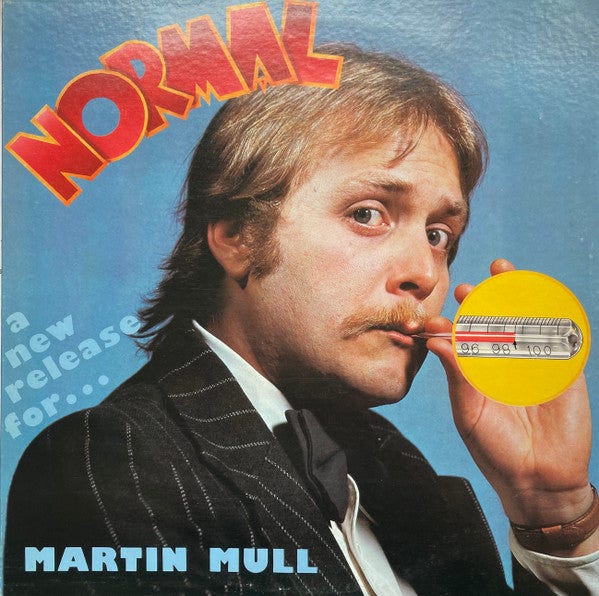

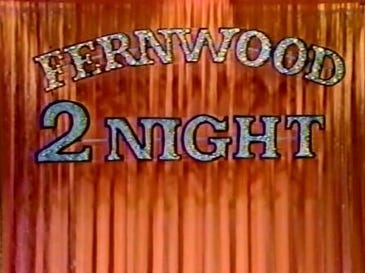

Mull's entertainment career flourished in the early 1970s through musical comedy albums such as "Martin Mull and His Fabulous Furniture in Your Living Room" (1973) and "Normal" (1974), which established his satirical voice. Television audiences recognized Mull for his roles in popular series including "Mary Hartman, Mary Hartman" (1976–1977), where his portrayal of Garth Gimble exemplified his satirical prowess, and "Fernwood 2 Night" (1977), a parody talk show highlighting his improvisational and comedic abilities. Mull further cemented his television legacy with his notable portrayal of Leon Carp in "Roseanne" (1991–1997), where his comedic timing and subtlety earned critical acclaim (Brooks and Marsh 172-174; Terrace 592).
Simultaneously, Mull has maintained an extensive and celebrated career as a visual artist. His paintings are marked by a sophisticated blend of realism, satire, and surrealist elements, often interrogating the mythology of American suburban life. Mull's works vividly critique cultural ideals through visual narratives characterized by sharp wit, ironic humor, and meticulous craftsmanship. His artistic themes address consumerism, domestic rituals, and nostalgia, confronting viewers with subtly subversive interpretations of everyday life (Hammer Museum; McGinty).
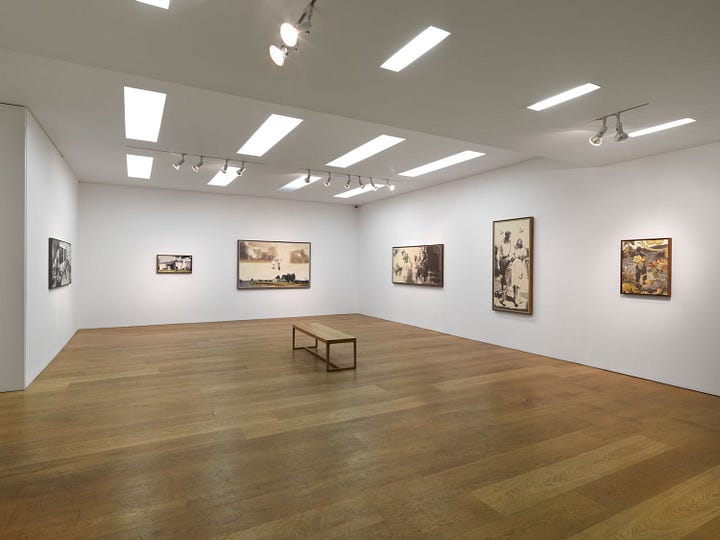
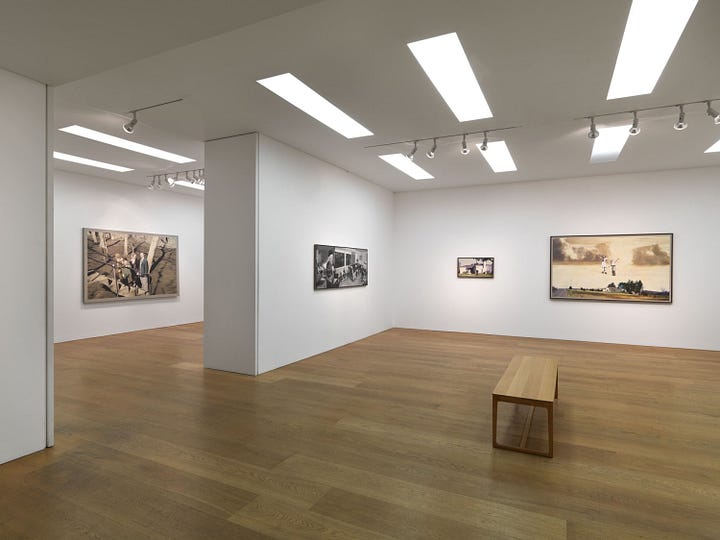
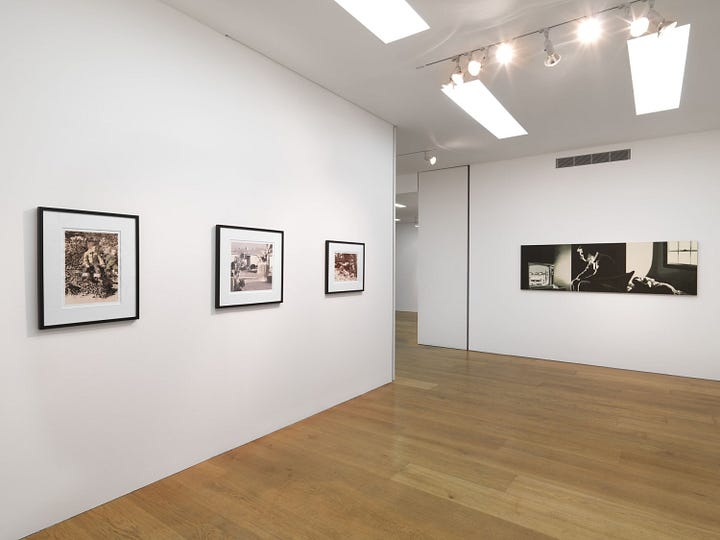
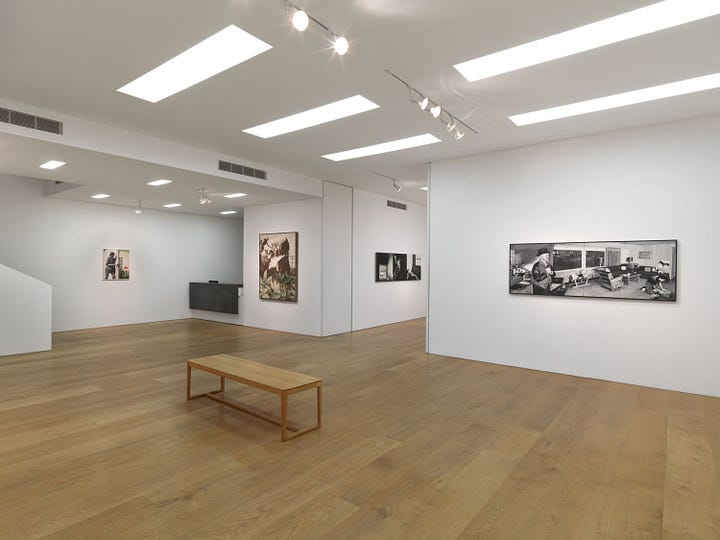


Mull's visual art has been exhibited widely across prestigious venues, including the Los Angeles County Museum of Art (LACMA), the Samuel Freeman Gallery, and the Hammer Museum. Notably, the Hammer Museum's 2019 retrospective "Martin Mull: Leap of Faith" highlighted his expansive body of work, showcasing paintings such as "We Had Such Hopes"(1999) and "Leap of Faith" (2018), which encapsulate his skillful critique of American cultural tropes. "We Had Such Hopes" humorously yet poignantly explores familial dynamics within idyllic suburban settings, while "Leap of Faith" examines cultural memory and historical idealization through carefully constructed imagery (Hammer Museum; Samuel Freeman Gallery).
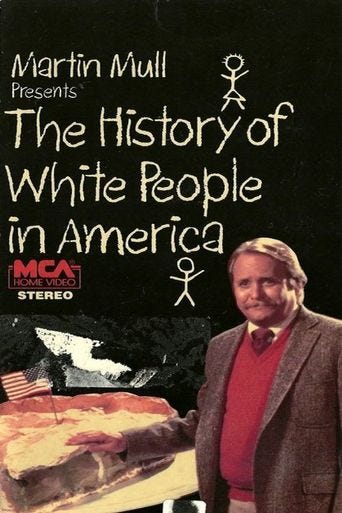
"Leap of Faith" (2018), in particular, epitomizes Mull's style by juxtaposing realistic depictions of mid-century suburban life with surreal, dream-like elements that question collective nostalgia and social conventions. Another significant work, "The History of White People in America" (2019), uses humor and irony to dissect racial identity and privilege, extending his cultural critique into broader societal discourses (Hammer Museum).
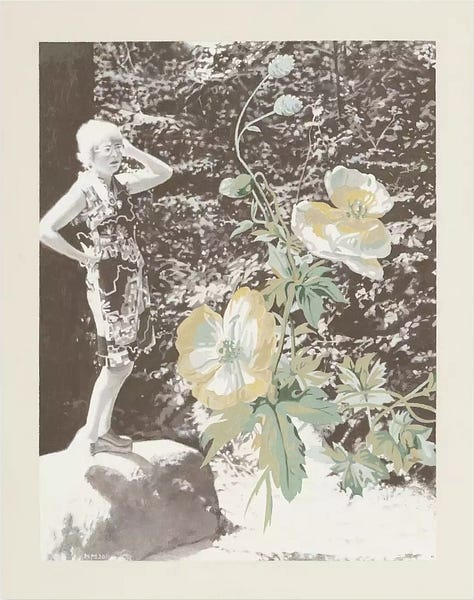
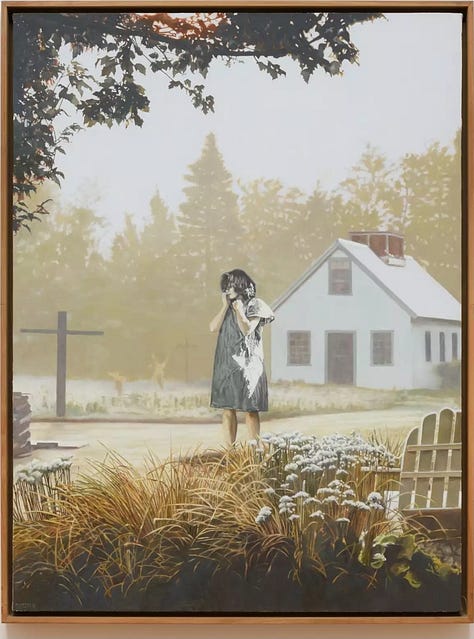
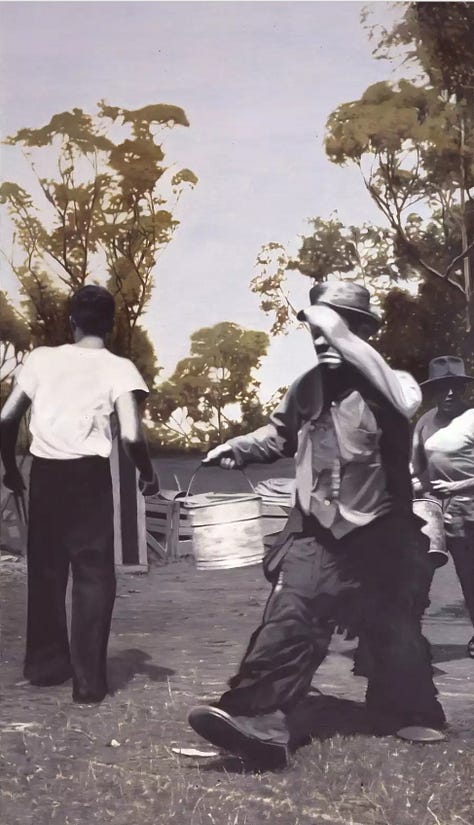
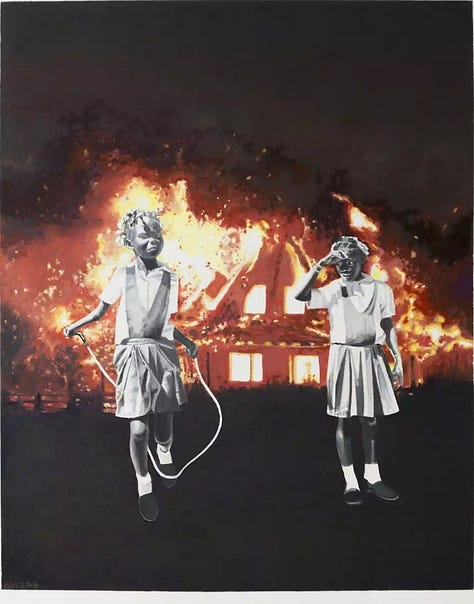

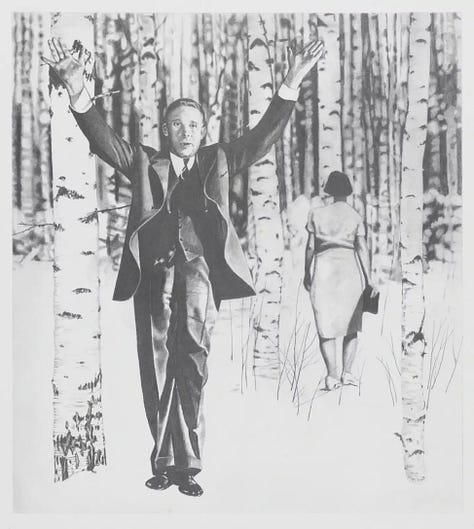
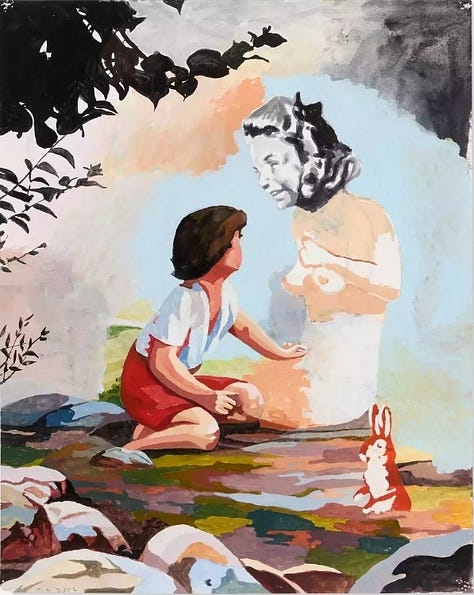
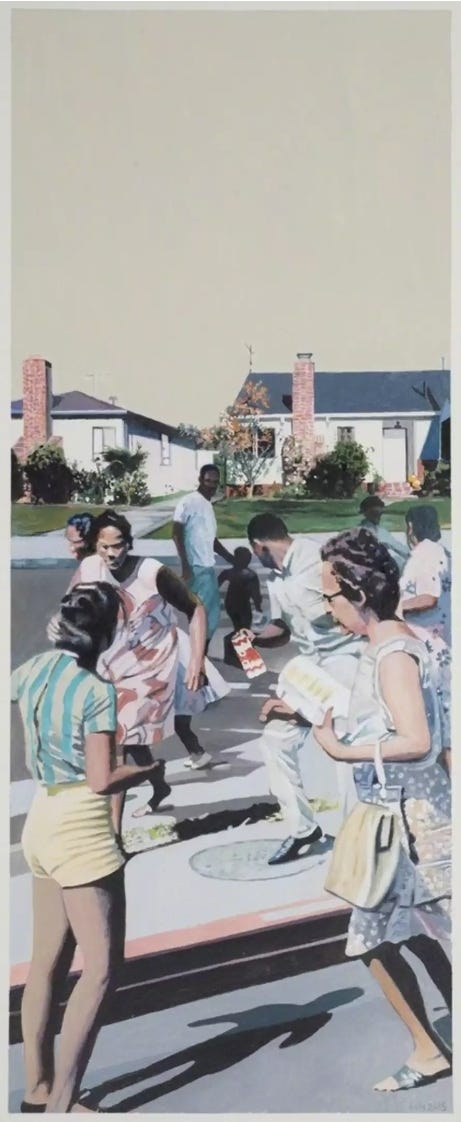
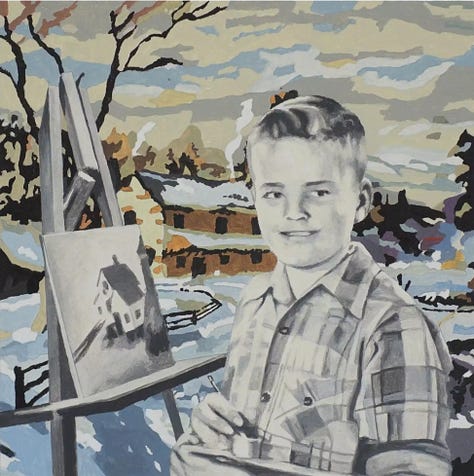
Martin Mull's multifaceted career exemplifies a dynamic intersection of popular culture and fine art, establishing him as a pivotal figure who utilizes humor and visual artistry to offer critical commentary on American societal norms and collective consciousness. His diverse artistic practice demonstrates an enduring commitment to creative innovation and social critique.
References:
Ankeny, Jason. Martin Mull Biography. AllMusic, www.allmusic.com/artist/martin-mull-mn0000366106/biography.
Brooks, Tim, and Earle Marsh. The Complete Directory to Prime Time Network and Cable TV Shows, 1946–Present. Ballantine Books, 2007.
Hammer Museum. Martin Mull: Leap of Faith. Hammer Museum, 2019, hammer.ucla.edu/exhibitions/2019/martin-mull-leap-of-faith.
McGinty, Steven. Martin Mull: Satirical Realism. ArtNews, 15 June 2019, www.artnews.com/art-news/artists/martin-mull-satirical-realism-12667/.
Rhode Island School of Design (RISD) Alumni Association. Notable Alumni: Martin Mull. RISD, www.risd.edu/alumni/martin-mull.
Samuel Freeman Gallery. Martin Mull. Samuel Freeman Gallery, samuelfreeman.com/artists/martin-mull.
Terrace, Vincent. Encyclopedia of Television Shows, 1925 through 2010. McFarland & Company, 2011.




Sad to say my early/first exposure to Mull was in Hollywood Squares, I can still hear Peter Marshall introducing him among the game roster. I recall not knowing him specifically by name but by face as a reliable character actor who would show up when I wasn’t looking and then in a movie like Mrs. Doubtfire which pushed him a bit forward into view. Since I didn’t watch ‘Roseanne’ I had no idea he had a steady personna on small screen at all.
To find out about his art & music creative life through this post is a gift, for me perhaps too much too late, since we just lost him in 2024. Now that I think of it, I probably saw him open musically for some larger name act at a summerfest show along the way without realizing it was the same guy. A testament to his ability to morph into his own role.
I am sure his retrospectives will conform to his skeptical satire, being commodified and ‘mull-ified’ enough to cater to a public indifferent to their own nullification. No surprise with his subtle wit, he’s no longer the opener, but now the closer, after at all.
Awesome read. He always was a favorite.